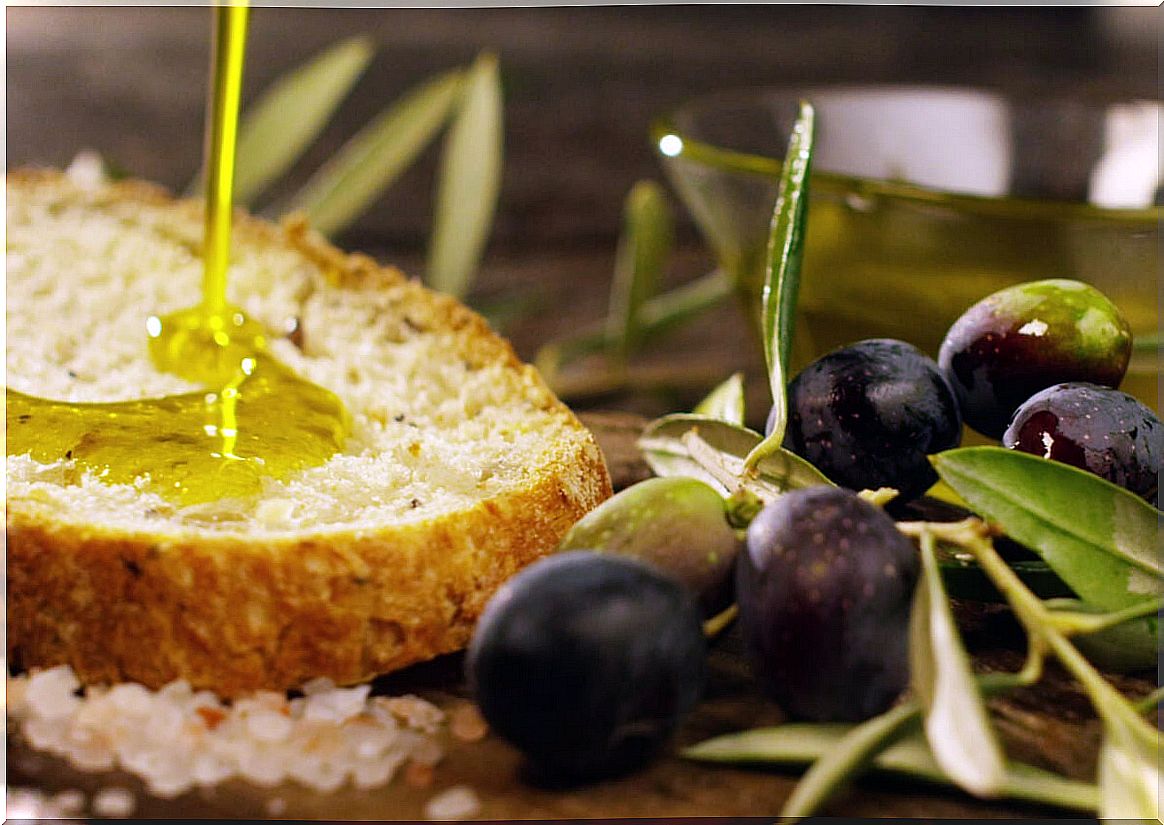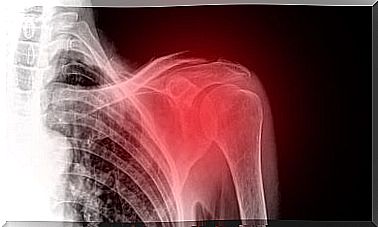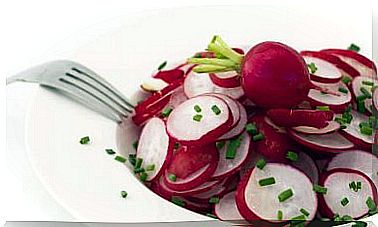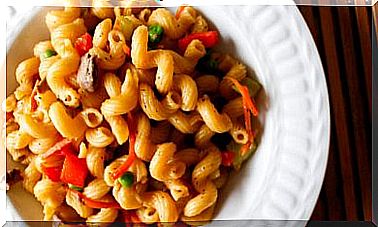Which Olive Oil Is The Best?
Olive oil is one of the main foods of the Mediterranean diet. It is an ingredient that stands out for its high-quality lipid profile, in which omega 3 fatty acids rise above the rest. Despite recommending its raw intake, it is a product that withstands high temperatures well.
We must not forget that fat is a central element of the diet. Despite being blamed for many evils, it has been shown that it is necessary to ensure the proper functioning of the body. Now, not all fats are the same and olive oil is one of the highest quality.
Main characteristics of olive oil
Olive oil is characterized by being an ingredient with a high lipid content and a low presence of the rest of the macronutrients. This makes it a very caloric product, and can reach up to 900 kilocalories per 100 grams. For this reason, it should be used in moderation.
From the point of view of fatty acids, olive oil stands out for the presence of omega 3. These nutrients have been shown to be capable of acting as protective factors against the risk of cardiovascular disease, and can also exert a beneficial effect on the lipid profile of people.
In addition, these kinds of nutrients are necessary to ensure proper muscle health, according to research published in the journal Mar Drugs . Its consumption is associated with a lower risk of fiber breakage and with a reduction in the catabolism of lean mass in situations of hypocaloric diets. This means that they protect the destruction of the muscle if a low calorie diet is in progress, as can happen in a weight loss plan.
As if this were not enough, the fatty acids of the omega 3 series manage to reduce the incidence of other complex inflammatory diseases, thus improving health in the medium term. That is why their consumption is recommended on a regular basis, olive oil being a good source of them.

Extra virgin olive oil
It is the highest quality product within oils. It is obtained from the olive without using refined or industrial products that can reduce the value. Its organoleptic qualities are exceptional and its use is recommended raw to take advantage of all the nutrients without suffering damage.
However, it is also possible to use it to cook on the grill or in the oven. Due to its content of unsaturated fatty acids, it has a higher tolerance to heat than lipids of animal origin.
However, it is not suitable to reuse it, for example for frying. In this case, the fatty acids that make it up could vary their spatial conformation, becoming trans, which has been shown to be detrimental.
What is clear is that extra virgin olive oil is the best that we can buy in the market. Far above other varieties that contain refined derivatives in their composition. It is ideal to always obtain a product as pure as possible from the first pressing of the olive.
What is the best cooking method to preserve the nutrients in olive oil?
As we have already indicated, the most beneficial thing is to consume olive oil raw, without cooking. However, it is possible to include this ingredient in a recipe where it is going to undergo a cooking process.
In this case, the ideal is to choose to use low temperatures, the iron or the oven. In this way, the risk of formation of trans fatty acids is minimized.
Keep in mind that when the oil begins to smoke due to the heat, it means that compounds are being formed that could be toxic to the human body. In this case, it is appropriate to discard the product and exchange it for a new one. Raising lipids to such high temperatures is never a good thing.
On the other hand, you will enjoy a product of such high quality more if you consume it raw. There, its organoleptic characteristics stand out in a remarkable way. It is possible to dress a salad or some vegetables with olive oil; You can also use a drizzle on top of the fish to enhance textures and flavors.

Include it in the daily diet
Olive oil is one of the pillars of healthy diets; it must appear frequently to ensure that the supply of unsaturated fatty acids is adequate. However, not all are of the same quality, so it is advisable to always resort to extra virgin, being this the only one that does not contain industrial refined products.
Do not forget to combine olive oil with other foods high in lipids in the diet. Variety is always essential when we talk about preventing pathologies. In this way, you can introduce avocado, oily fish and eggs, even if their fats are saturated.
Finally, keep in mind that fat is a more caloric macronutrient than the rest, so it is essential to consume it in measure. This way you avoid a medium-term weight gain that could be harmful to health.









